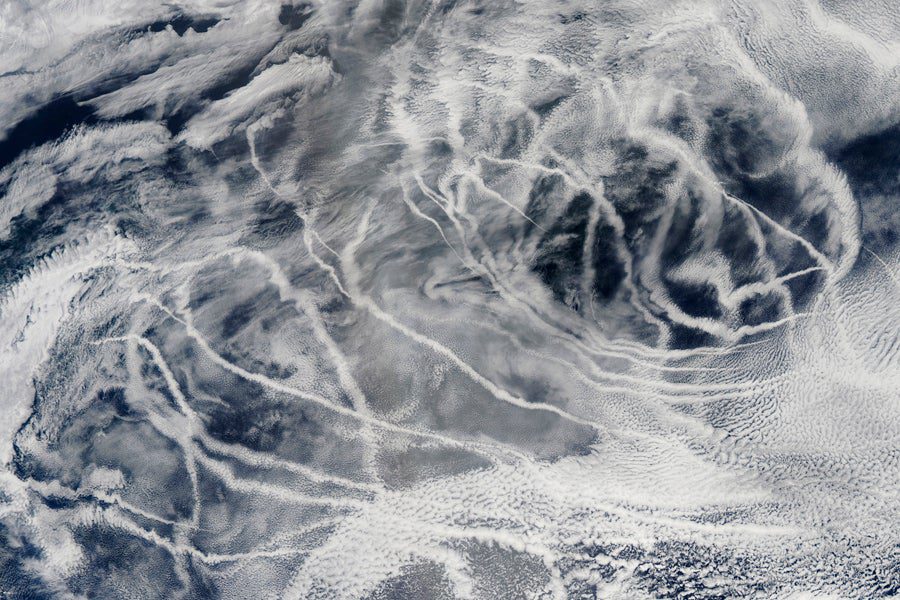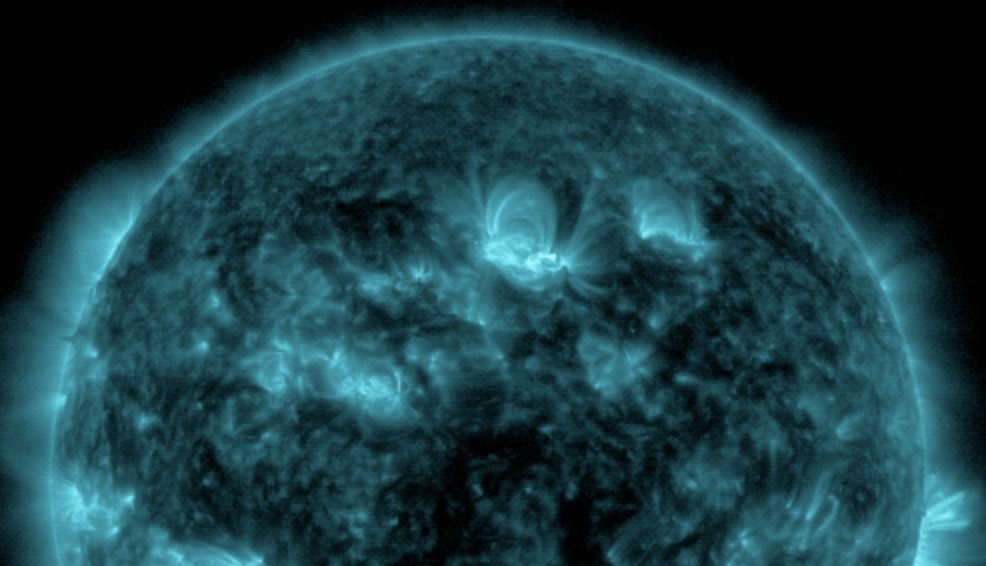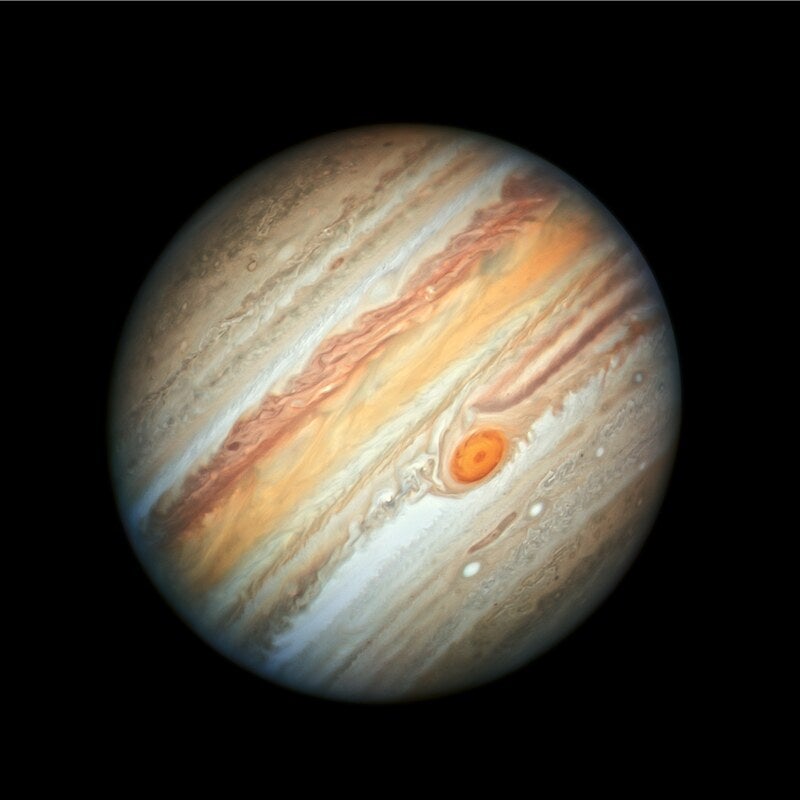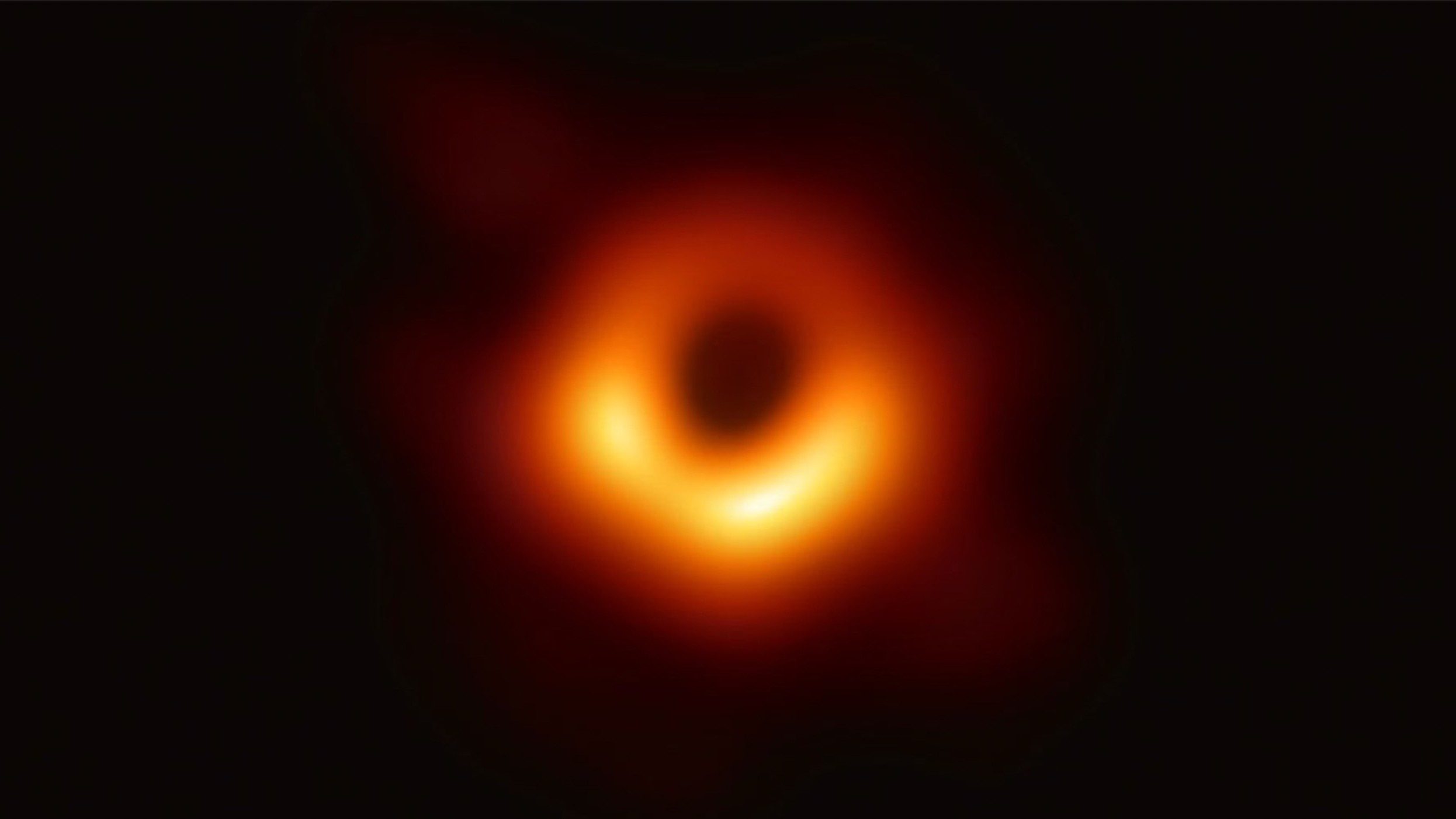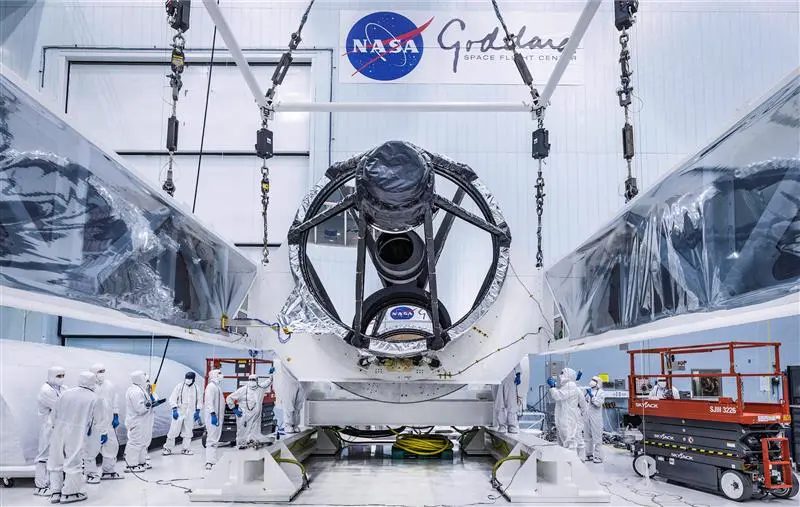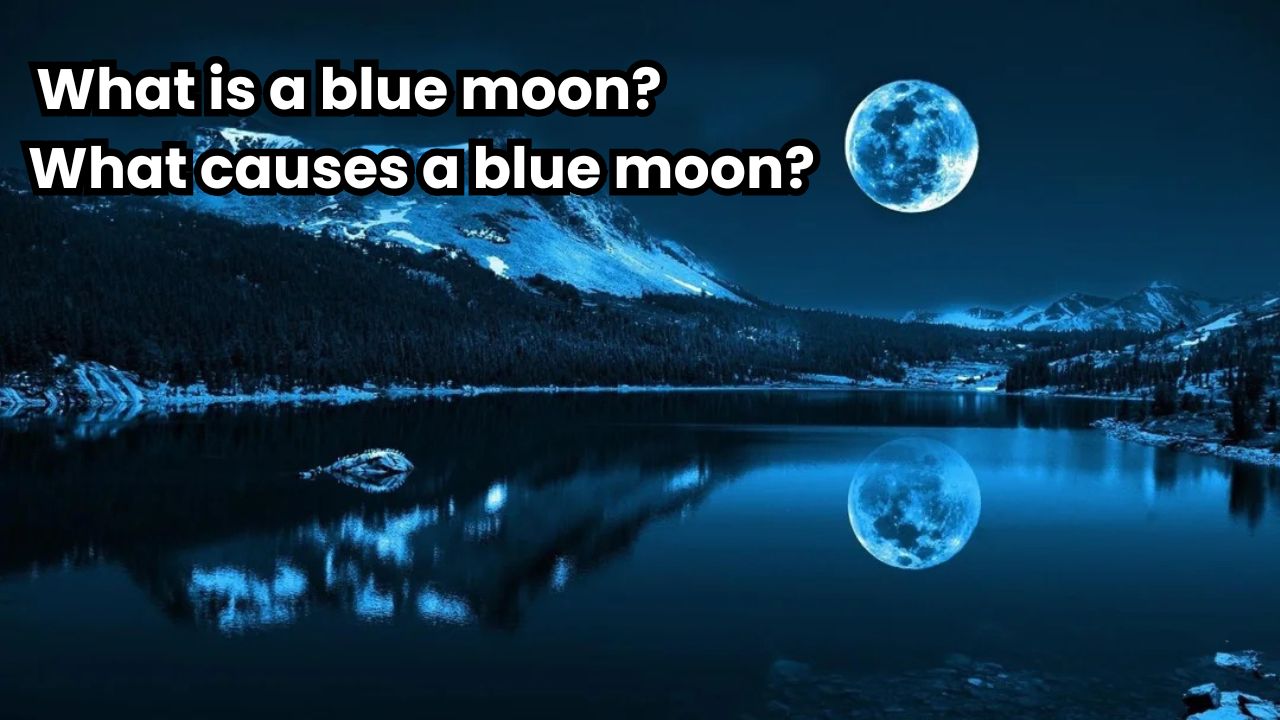NASA delays historic Artemis 2 moon mission to April 2026, Artemis 3 lunar landing to mid-2027
We’ll have to wait a bit longer to see the first crewed moon mission since the Apollo era lift off. NASA announced today (Dec. 5) that it’s delaying the planned launch of Artemis 2, a flight that will send four people around the moon and back, from September 2025 to April 2026. And Artemis 3, … Read more

